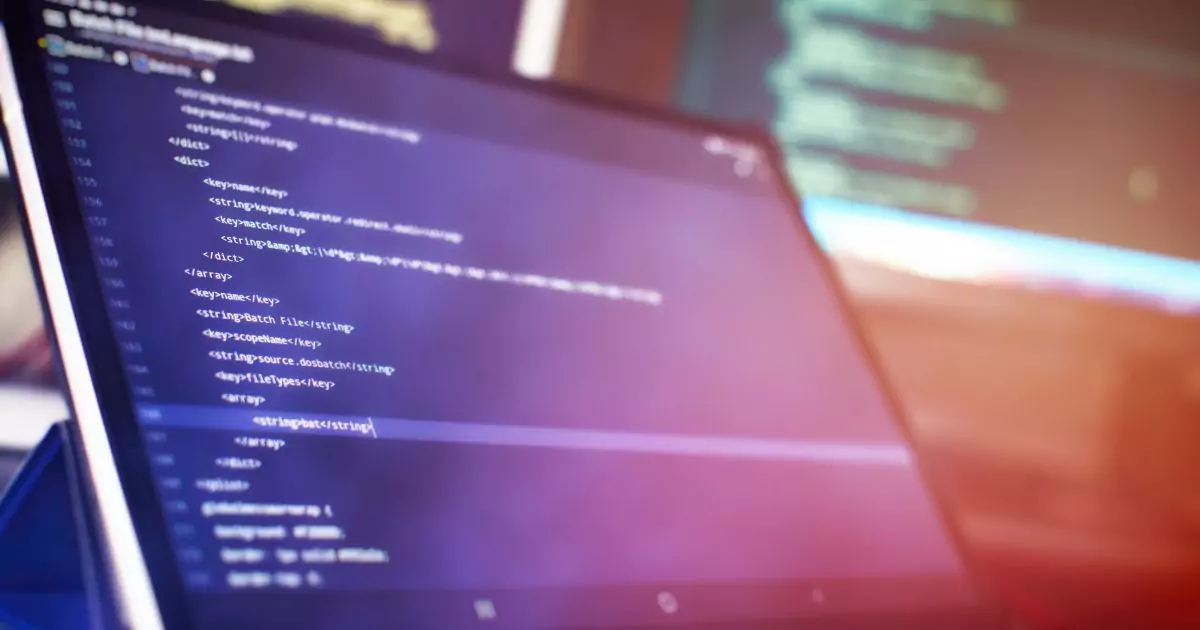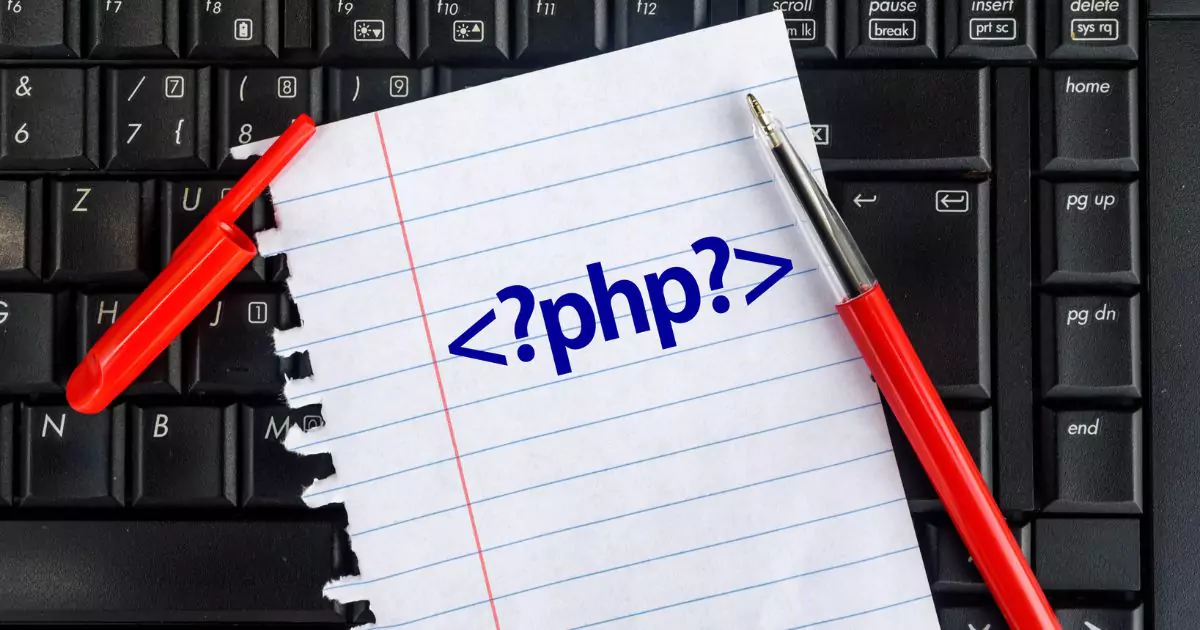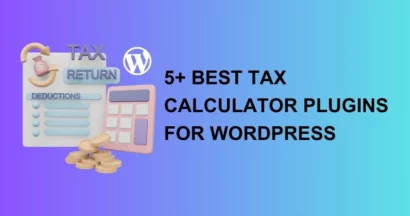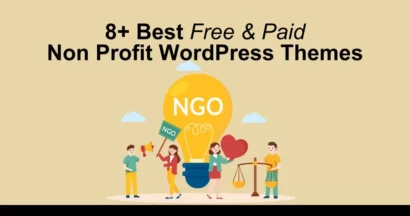What is PHP? PHP is a scripting language that helps make websites that can change based on what users do. WordPress, a well-known content management system platform, also uses PHP.
Because PHP is open source, anyone can use and change it.
When you go to a website, your browser asks the server for the page.
The server uses PHP to create an HTML page and sends it to your browser.
You see the HTML page, but the PHP code is hidden on the server and not visible in your browser.
How does WordPress use PHP?
If you look at the files that make up WordPress, you’ll find a lot of them are written in PHP.
These files give instructions to WordPress on how to show blog posts or handle settings.
PHP scripts in themes, which control how a website looks, also decide which parts are visible.
PHP code is enclosed in special tags, and it can also include regular HTML code.
Each PHP tag pulls data from the database, like the blog name you see in the webpage’s title.
What is the working mechanism of PHP?

The term “server-side scripting language” might sound confusing when you’re learning PHP.
Basically, it means that WordPress PHP files run code on the server where your site is hosted.
When someone visits your website, WordPress uses PHP scripts to get data from your database.
But here’s the issue. Chrome and other web browsers can’t directly understand PHP. They only get HTML, which is a different scripting language used to build web pages.
HTML is known as a “client-side” programming language because browsers translate it into the content you see on your screen.
You might wonder how your WordPress website, made with PHP, shows up in browsers. Here’s the step-by-step process:
- Someone types your website’s address or clicks on a link.
- This sends a request to the server hosting your site.
- The visitor’s browser gets the HTML code from your server through the internet.
- The browser takes that HTML code and turns it into a web page that you see.
Should WordPress users learn PHP?

You can manage a WordPress website without knowing PHP. WordPress comes with all the necessary PHP files, like WordPress themes and WordPress plugins, so you don’t have to know PHP coding to use it.
Most WordPress users don’t have to learn PHP. But, if you want to create your own plugins, design themes, or make advanced changes to WordPress websites, then you might need to learn PHP.
Now You Know “What is PHP?”
To sum it up:
- WordPress use PHP to make dynamic webpages.
- PHP code on the server forms HTML pages, which are sent to visitors’ browsers.
- Most WordPress users don’t have to learn PHP for regular use, but it becomes essential for advanced customization.
- If you’re into intricate WordPress customization or want to create plugins/themes, learning PHP can be beneficial.
Read More: What Is A Free Software?
Contact US | ThimPress:
Website: https://thimpress.com/
Fanpage: https://www.facebook.com/ThimPress
YouTube: https://www.youtube.com/c/ThimPressDesign
Twitter (X): https://twitter.com/thimpress


